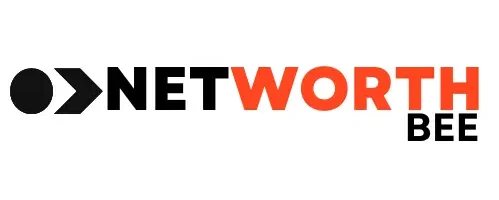How Employee Feedback Can Drive Better Dental Plan Decisions
Table of Contents:
Why Listen to Employees About Dental Benefits?
Engaged employees overwhelmingly feel valued when their voices are heard in workplace decisions, especially regarding health benefits. Dental plans are commonly used but often overlooked until employees face unexpected costs or limitations in coverage. Organizations can eliminate guesswork by making employee input a core part of benefits planning, resulting in higher satisfaction and positive health outcomes. Recent studies shared by the Society for Human Resource Management emphasize that inclusive employee feedback processes directly improve overall benefit perceptions and foster greater workplace loyalty.
Employee feedback leads to more practical and attractive choices when selecting dental plans. With easy-to-use tools like dental insurance comparison resources, HR leaders and decision-makers can match available options with real-life employee priorities. This proactive approach reduces dissatisfaction and can help companies maintain a competitive edge in talent retention.
Methods for Gathering Feedback Effectively
Gaining honest, actionable input requires a mix of formal and informal strategies. Annual or semiannual surveys can address overall satisfaction, benefit usage, perceived gaps in coverage, and wish-list features. Digital survey tools increase accessibility and participation rates, especially among hybrid or remote teams.
Supplementing surveys with small focus groups, suggestion boxes, or direct one-on-one conversations often uncovers themes that broad surveys might miss. Open forums or roundtable discussions let employees raise specific experiences or struggles, such as navigating provider networks or understanding out-of-pocket costs. Ultimately, a combination of quantitative and qualitative feedback yields the most nuanced results.
Analyzing Insights and Identifying Trends
Sifting through employee feedback should go beyond tallying simple metrics. Analyzing individual comments and aggregate data allows HR and leadership to understand why certain benefits succeed or fall short. For example, if multiple employees mention high copays as a barrier to using dental benefits, it signals an area requiring closer comparison among plan options.
Consistent themes—such as demand for preventive care or concerns over network size—help organizations prioritize improvements. Over time, tracking these trends illuminates shifting needs, whether due to demographic changes, workforce growth, or evolving expectations. This long-term feedback loop is critical for continuous improvement.
Using Feedback in Dental Insurance Comparison
Translating feedback into action is most powerful when it informs actual plan selection. For example, if surveys show dissatisfaction with provider accessibility, decision-makers can place heavier weight on network breadth in their dental insurance comparison. If affordability is the primary concern, comparing out-of-pocket costs and copays will take precedence.
Bringing employee feedback directly into the plan evaluation process helps create an objective checklist. This approach also streamlines communication with benefits brokers or providers, as companies can specify desired features backed by employee preference data rather than vague requests.
Communicating Changes and Building Trust
Transparency in how choices are made reinforces a culture of trust. After collecting and analyzing feedback, companies should clearly communicate feasible changes and the reasoning behind any limitations. Detailed benefit guides and open Q&A sessions foster understanding and appreciation, even when every request cannot be met.
Creating feedback “closing the loop” campaigns—where leaders summarize what they heard, what changed, and what’s being considered for future updates—lets employees know that their input made a real difference. According to guidance from the Forbes Business Council, visible responsiveness not only boosts plan engagement but also impacts perceptions of management and workplace fairness.
Measuring the Impact of Feedback-Driven Decisions
Measuring the impact after new dental plans are chosen or benefits are refreshed is vital. Key indicators include employee utilization rates, participation in preventive care, and overall satisfaction scores. Monitoring claims data can reveal whether employees receive the needed services, while periodic follow-up surveys gauge ongoing sentiment.
High participation and positive trends in oral health-related outcomes signal that benefits meet workforce needs. Conversely, stagnant or decreasing engagement can reveal new issues or prompt another round of feedback collection.
Resources and Future Considerations
Leveraging credible, up-to-date resources is crucial to maintaining excellent benefits. HR leaders may consult industry association reports, government guidelines, or trusted online sources such as the Society for Human Resource Management for insights on best practices and evolving employee expectations. Benefit decision-makers can tap into published advice on measuring the ROI of dental benefits to demonstrate value to both leadership and staff.
Creating a responsive, ongoing process for collecting and acting on feedback—supported by easy-to-use dental plan comparison tools—keeps organizations agile in responding to changing workforce needs. This commitment strengthens trust, well-being, and employee retention for years to come.






